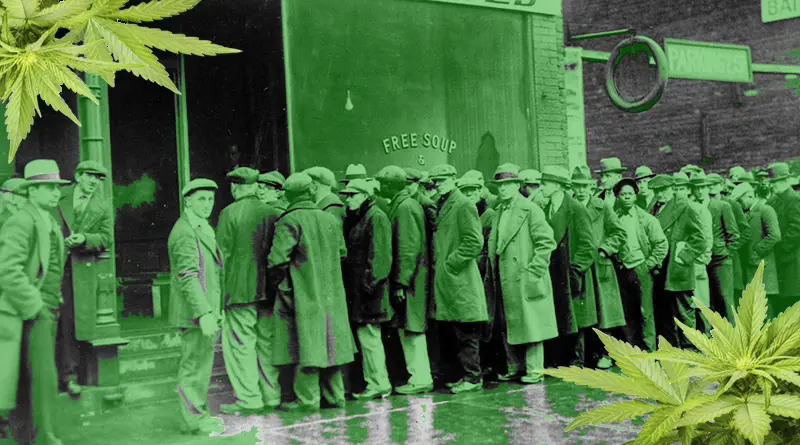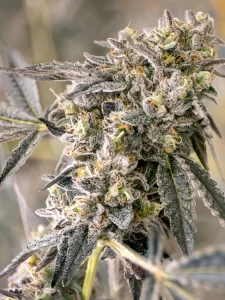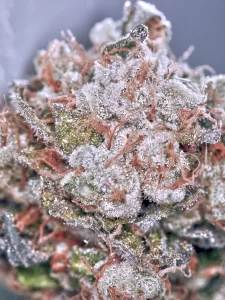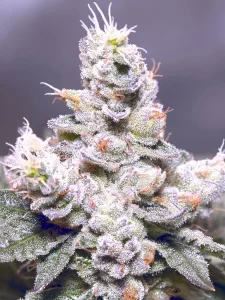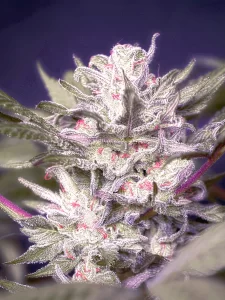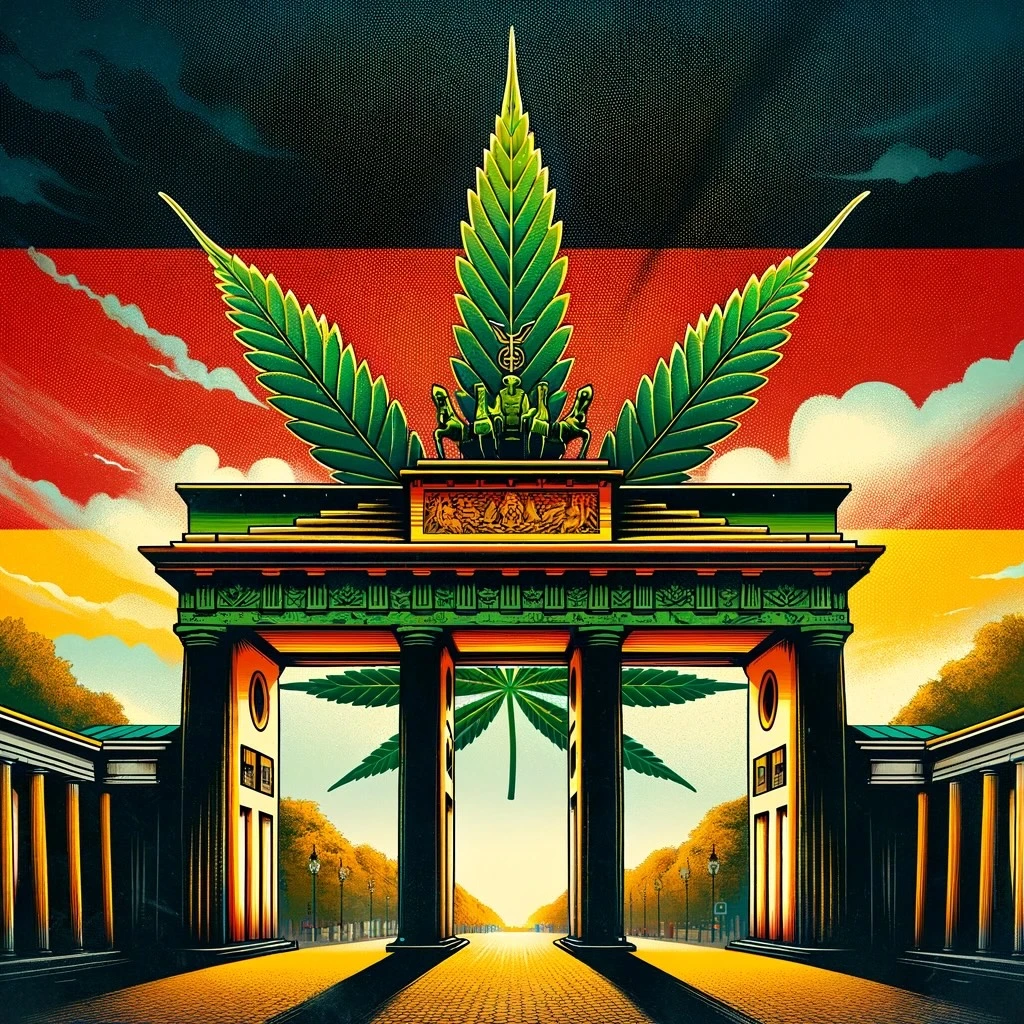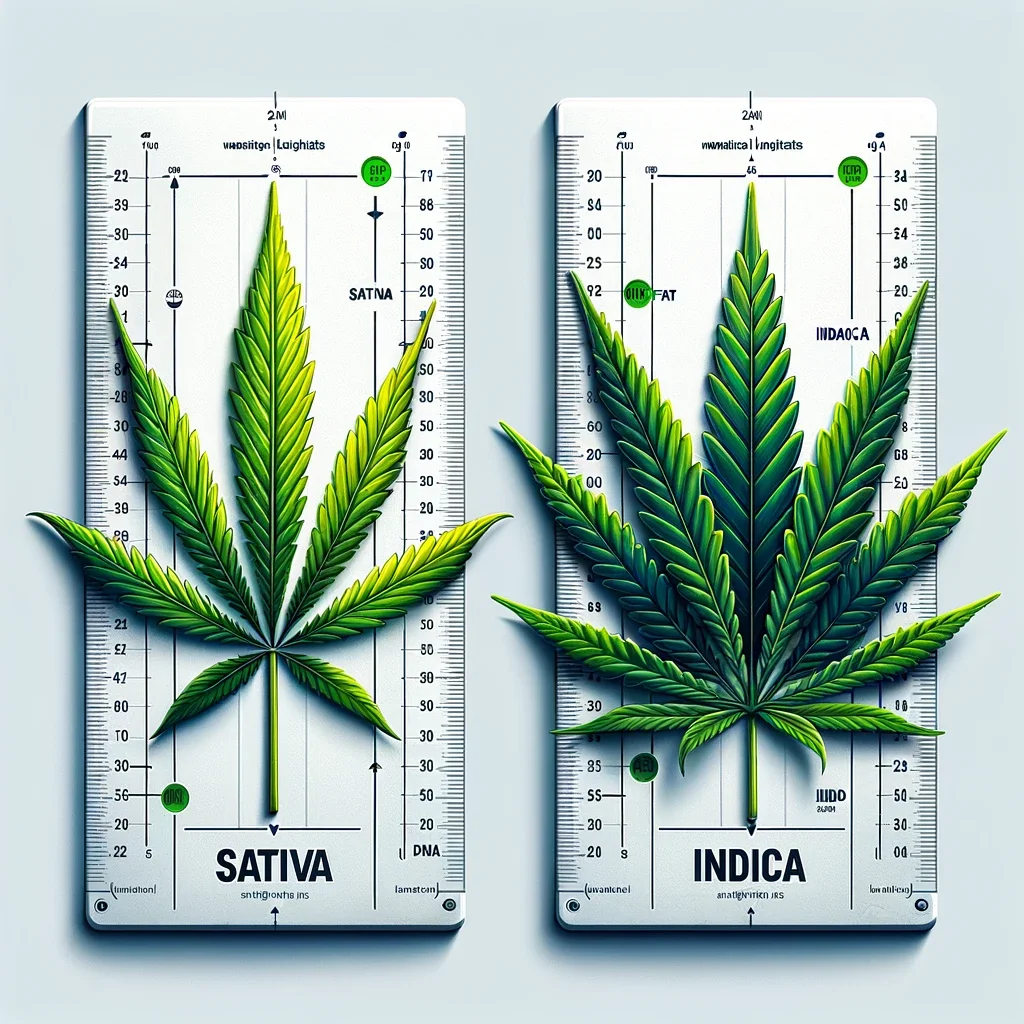Marijuana has a long history and was heavily debated on by many people during The Great Depression in the 1930s. During this time in America, cannabis was mostly cultivated for rope and textiles, while other places used it as herbal medicine. Before it was declared illegal, the plant was domestically produced and even became a popular ingredient in medicinal products that were sold in pharmacies.
The Great Depression is one of the darkest times in American history, especially in relation to the country’s weak economy. However, it is believed that this time period was also a great opportunity for the nation to improve itself. This economic downturn started in 1929 and lasted till 1939.
The stock market broke down in October of 1929, and that was the beginning of the dark period. Wall Street panicked and many investors were wiped out. In 1933, the Great Depression was at its lowest point where about 15 million Americans were left jobless, and almost half of the banks in the country crashed.
The Great Depression and Cannabis
Before the Great Depression, marijuana was not famous for recreational purposes in the United States. Things began to change in the early 1900s, mainly when Mexicans immigrated to the country. It was during the Mexican Revolution when cannabis was first presented to Americans for recreational practice and it did not take long before it eventually became ingrained into American culture.
At this time, there was massive unemployment and several incidents of social disorder. As a result, the Great Depression resulted in the resentment of immigrants from Mexico. It also instilled fear among the public, especially with stories circulating about “evil weed.”
Because of the so-called evil weed and the view of intoxicants during the Prohibition era, a total of 29 states made sure that cannabis and its users would be treated as outlaws by 1931. A flurry of research began and eventually, marijuana was associated with socially-deviant behaviors including crime and violence.
The Reefer Madness
During the Great Depression, many films were made that aimed to show the ill effects of using drugs, including marijuana. One of those that people often talked about was Reefer Madness. It was released in 1936, and it became a huge hit, especially among the cults who were against cannabis use.
The Reefer Madness was framed to look like a documentary where a high school principal narrated his experiences. He imparted his wisdom to a group of high school students who lost their ways and succumbed to the killer weed.
The movie showed that those who would choose to use cannabis would end up on a perilous path. The students got involved in crimes including rape, murder, hit-and-run driving, and suicide. The film also depicted that marijuana use can lead to permanent insanity.
The Tax Act
The 1937 Tax Act of Marijuana was the first ever law in the US to criminalise cannabis in the entire country. It imposed an excise tax on possession, transfer, and sale of all hemp products, except for industrial uses.
Samuel Caldwell, 58, was the first person who was put on trial under the act because he sold marijuana. Nevertheless, industrial hemp did not cease in the US throughout the Second World War. It was in 1970 when the Marijuana Tax Act was repealed, putting cannabis as a Schedule I drug.
Despite the negative reputation, the New York Academy of Medicine reported that marijuana did not cause violence and insanity. Before the end of the Great Depression, a movement called “Hemp for Victory” was launched to show support for cannabis.

